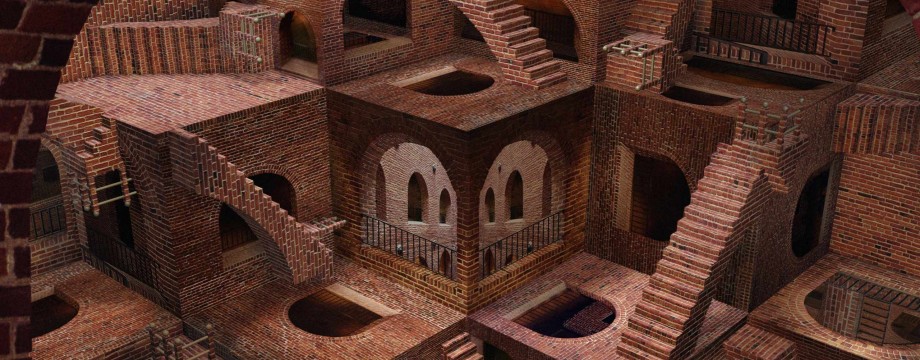Infographic References:
Bamford, A. (2011). The 3D in education white paper. New York, NY: International Research Agency.
Blair, N. (2013). Taking elementary document camera use to the next dimension. In Nettleton, K. & Lennex, L. (Eds.). Cases on 3D technology application and integration in education (pp. 309-334). Hershey, PA: IGI Global.
Dimenco Displays. (2012, January 13). Dimenco 3D Displays & Red Bull achieve advertising breakthrough. Retrieved from http://www.dimenco.eu/dimencodisplays/files/2013/06/Red-Bull-Study.pdf
Guedes, K., Guimaraes, M., & Mexas, J. (2012). Virtual reality using stereoscopic vision for teaching/learning of descriptive geometry. eLmL 2012: The Fourth International Conference on Mobile, Hybrid, and On-line Learning (pp. 24-30). Valencia, Spain: IARIA.
Hruskocy, C. & Foster, S. (2013). Exploring Stereoscopic 3D Technology in Teaching and Learning. In Herrington, J. et al. (Eds.), Proceedings of World Conference on Educational Multimedia, Hypermedia and Telecommunications 2013 (pp. 213-222). Chesapeake, VA: AACE. Retrieved from http://www.editlib.org/p/111957.
Kim, P. (2006). Effects of 3D virtual reality of plate tectonics on fifth grade students’ achievement and attitude toward science. Interactive Learning Environments, 14(1), pp. 25-34. doi:10.1080/10494820600697687
Lee, S. & Kim, G. (October, 2008). Effects of haptic feedback, stereoscopy, and image resolution on performance and presence in remote navigation. International Journal of Human-Computer Studies, 66(10), pp 701-717. doi: 10.1016/j.ijhcs.2008.05.001.
Leung, H., Lee, H., Mark, L., & Lui, K. (2012). Unlocking the secret of 3D content for education: Case study of automultiscopic display used for school teaching in Hong Kong. Proceedings of IEEE International Conference on Teaching, Assessment, and Learning
for Engineering (TALE) 2012, Hong Kong, pp. W1C-13 – W1C-15. doi: 10.1109/TALE.2012.6360405
Marrero, M., Schuster, G., & Bickerstaff, A. (2013). Earth system science in three dimensions: Perspectives of students and teachers on NASA’s Project 3D-View. In Nettleton, K. & Lennex, L. (Eds.). Cases on 3D technology application and integration in education (pp. 232-257). Hershey, PA: IGI Global.
McMahan, R., Gorton, D., Gresock, J., McConnell, W. and Bowman, D. (2006). Separating the effects of level of immersion and 3D interaction techniques. In Slater, M., Kitamura, Y., Tal, A., Amditis, A., & Chrysanthou, Y. (Eds.), Proceedings of the ACM Symposium on Virtual Reality Software and Technology (VRST), pp. 108-111. Limassol, Cyprus: ACM. doi:10.1145/1180495.1180518
Motion Picture Association of America, Inc. (2013) Theatrical market statistics: 2012. Retrieved from http://www.mpaa.org/Resources/3037b7a4-58a2-4109-8012-58fca3abdf1b.pdf
Rajae-Joordens, R., Langendijk, E., Wilinski, P., & Heynderickx, I. (2005). Added value of a multi-view auto-stereoscopic 3D display in gaming applications. Paper presented at the 12th International Display Workshops in conjunction with Asia Display 2005. December 6–9, 2005. Takamatsu, Japan: Sunport Takamatsu.
Takatalo, J., Kawai, T., Kaistinen, J., Nyman, G., & Hkkinen, J. (2011). User experience in 3D stereoscopic games. Media Psychology, 14(4), pp. 387-414. DOI: 10.1080/15213269.2011.620538
Texas Instruments, Inc. (2010). Classroom3 3D case study. Retrieved from http://www.dlp.com/downloads/DLP_3D_Classroom3_Case_Study.pdf
Valsecchi, M. & Gegenfurtner, K. (2012). On the contribution of binocular disparity to the long-term memory for natural scenes. PLoS ONE, 7(11): e49947. doi:10.1371/journal.pone.0049947

 award-winning educator and consultant, Nancye Blair Black, and supported with incredible guest blogs and interviews with eS3D experts. We are so glad you are here!
award-winning educator and consultant, Nancye Blair Black, and supported with incredible guest blogs and interviews with eS3D experts. We are so glad you are here!
Recent Comments